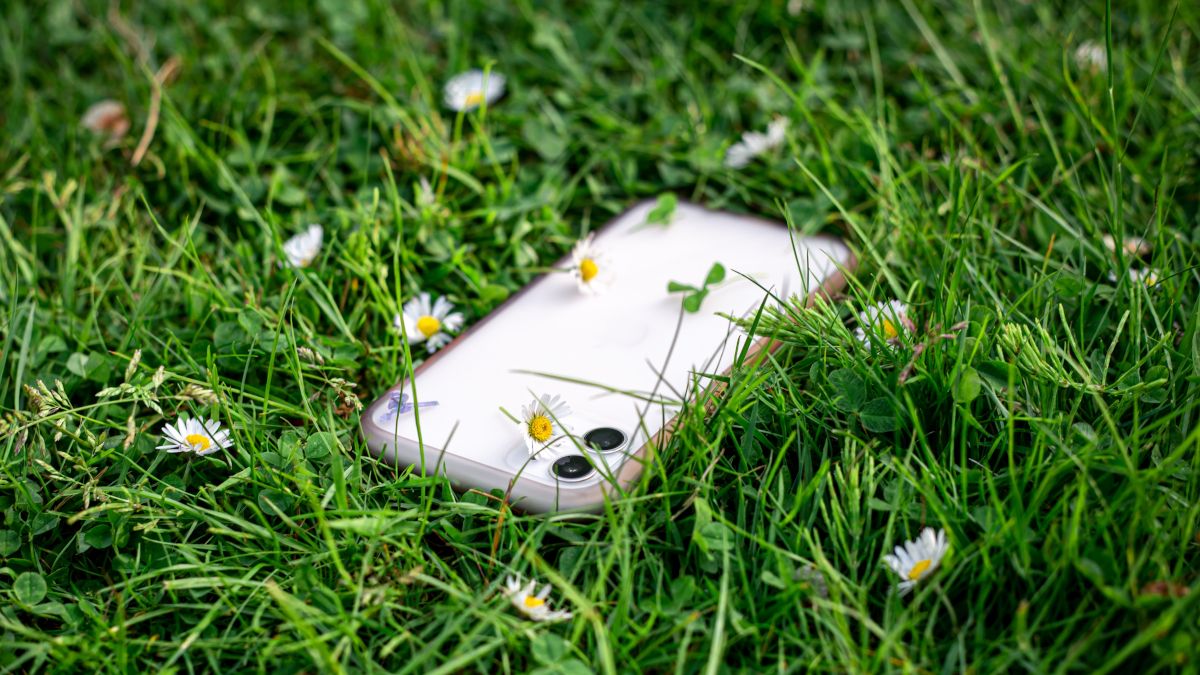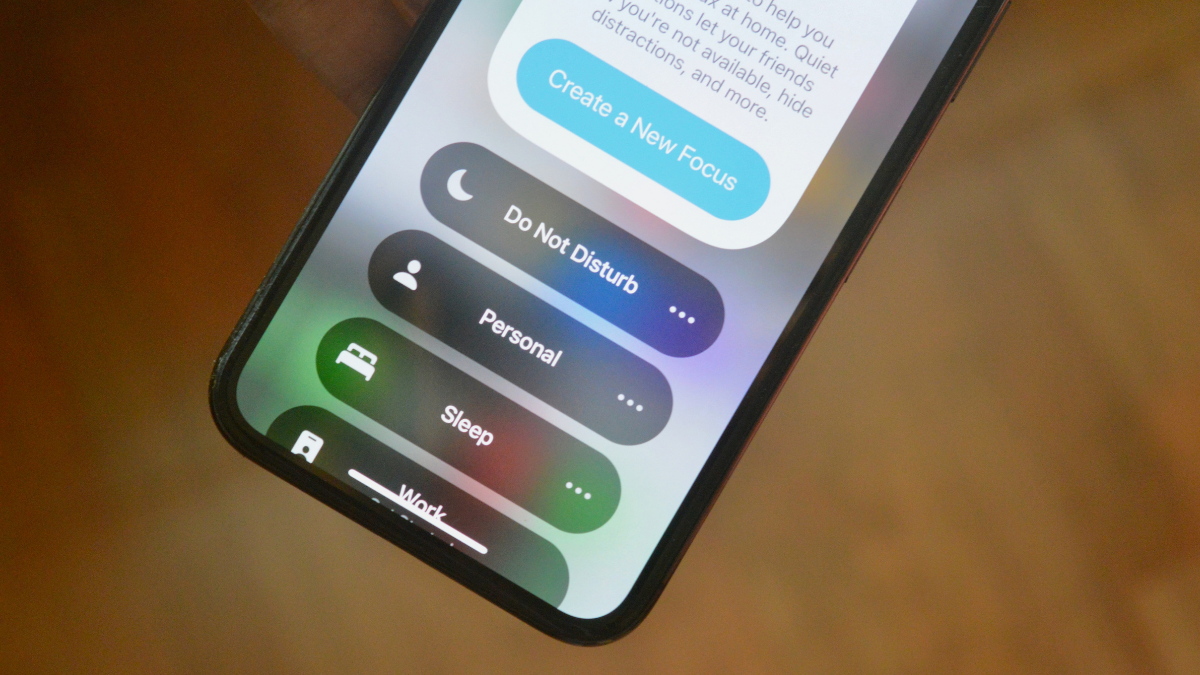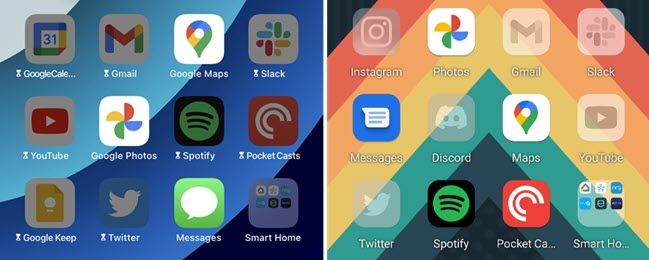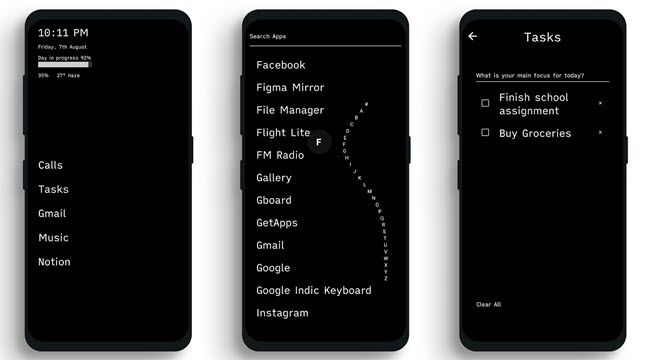Smartphones are great, but unlimited access to social media, the internet, and endless distractions can be overwhelming. This has created a growing market for "minimalist phones." However, you don't need to ditch your iPhone or Android phone to disconnect.
It may seem counterintuitive to use a smartphone to disconnect. The truth is smartphones aren't responsible for this situation, it's how we use them that's to blame. You can "touch grass" without buying a trendy minimalist phone.
It's Not Your Phone's Fault
iPhones and Android devices are simply tools---they are not inherently bad or good. They can enable us to do truly useful, life-changing things like GPS navigation or meaningless social media scrolling. You're the one deciding how to use your smartphone.
For some people, the temptation to fall into a "time suck" can outweigh the practical benefits of a smartphone. They need to remove all temptations to avoid bad habits. Minimalist phones attempt to do this by heavily restricting what you can do.
We can achieve a similar "out of sight, out of mind" experience with the smartphone you already own. Let's get started.
Limit Distractions
The first thing we can do is limit the number of distractions on your phone. iOS and Android both have tools you can use to limit distractions at certain times.
"Focus" on the iPhone is a very powerful tool. It's essentially like specialized "Do Not Disturb" modes for different situations. You can create a Focus Mode specifically for disconnecting and turn it on whenever you need a break. You can choose which people, apps, and types of notifications can get through.
On Android, the similar feature is "Do Not Disturb." It also allows you to choose which people, apps, and types of notification you want to be able to get through. You can create a specific "Do Not Disturb" schedule to use for times when you want to disconnect.
Limiting notifications is a good first step, but it doesn't actually stop you from using the distracting apps. We'll need to go a step further for that.
Remove Temptations
To really mimic a "minimalist phone," we'll need to actually block the apps that consume your time. Thankfully, iOS and Android both have tools we can use to achieve this, too.
On the iPhone, we'll be using a feature called "Downtime." It doesn't just block notifications from apps---it blocks you from opening them. Only people and apps you choose can get through. Apps that aren't allowed are greyed out on the home screen--including the widgets.
Android's version of this is called "Focus Mode." Unlike Apple's implementation, Android's "Focus Mode" is all about blocking apps. The apps you choose to block can't be opened and---depending on the launcher---they'll also be greyed out on the home screen.
"Downtime" is pretty much as far as we can go to turn an iPhone into a "minimalist phone." By combining "Focus" and "Downtime," you can really limit yourself. If you have an Android device, we can take things even further.
The Nuclear Option
If you're an Android user, you can get very close to mimicking the experience of a "minimalist phone." That's thanks to the ability to use third-party home screen launchers. This makes it possible to not only block or grey out distractions but completely hide them.
There are a number of launchers that replicate the experience of devices like the Light Phone. One of our favorites is called "Indistractable Launcher." It converts your home screen into a very simple black and white text list of apps.
Indistractable Launcher allows you to choose a few favorites to put on the main home screen while the rest of the apps live in a vertical list on the page to the right. You can hide as many apps as you want from appearing in this list.
For the full "minimalist phone" experience, you can enable the "Do Not Disturb" mode you created and swap to Indistractable Launcher. You won't get any distracting notifications, and your phone will feel a lot more simplified.
At the end of the day, you're in control of how you use your phone. These tools can help you make healthier choices and build better habits when using your iPhone or Android device. It's important to remember that the phone itself is not the villain.




